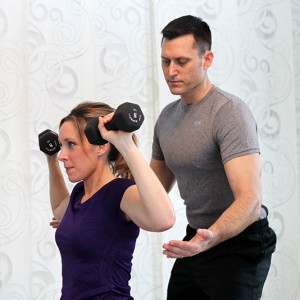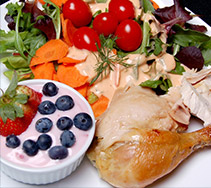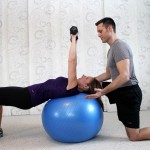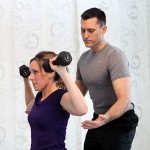I have a couple male clients in their 50’s that can’t seem to loose any weight no matter how hard they try. Counting calories, high intensity training, daily cardio, weights, and so on and so on. Nothing’s been working as of late. It’s been discouraging for them as well as for me. Well, I’ve suggested to these gentlemen to see their doctors and discuss the possibility of andropause setting in. “What’s andropause?” they ask.
Just as women go through menopause, men can suffer through years of andropause, which involves the decrease of testosterone. Testosterone levels can begin to drop 10% each decade in males over the age of 40. At the same time, sex-hormone-binding globulin (SHBG) increases and makes it more difficult for the body to utilize testosterone. These changes are normal and can lead to andropause. It is estimated that 20-30% of men will experience it by the age of 50.
Some of the signs and symptoms of andropause can include:
- Weight gain
- Loss of muscle mass
- Lack of sex drive
- Irritability
- Depression
- Fatigue
If you suspect your body is going through changes, you may want to consult your doctor and have your testosterone levels checked. If you are diagnosed with andropause your doctor may recommend testosterone replacement therapy.
You can also help yourself by adopting a healthy lifestyle. Exercise and healthy eating may help to decrease some symptoms associated with andropause. Some supplements may also help. However, consult with a doctor before taking any supplements.
So guys, start feeling and looking better. If you are diagnosed with low testosterone or andropause, don’t let it get you down. Hit the gym, eat a healthy diet, and stay motivated!






